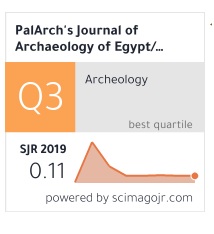CULTURAL SEMIOTICS IN MOLANA’S MASNAVI (CASE STUDY: CODES OF THE STORY OF A KING AND A SLAVE-GIRL)
Abstract
This study aimed to investigate the cultural semiotics of Molana's Masnavi by reviewing the codes in the story of the king and the slave girl. Studies have suggested that "self" and "other", which assume importance in the cultural semiotics approach, vary according to the context in which the semiosphere of each poem is embedded. Molana feels at peace when faced with "self" and thus seeks to extend this "self" to an outside realm of the "self" culture. The poet's codification of the semiosphere is inspired by the prevailing cultural setting. Because discursive ideologies vary, the codes and symbols of each discourse originate from the cultural setting governing them. Here, "boundary", a key term in cultural semiotics, distinguishes "culture" from "non-culture". This subject is notable in poetry, as boundary characterizes the limits for the poet, too. Understanding an arrangement of contrasting signs is considered to be one of the important issues in a desirable reading and comprehension of poetry, as it is thought of as the best technique used by poets to create meaning out of poetry. Using cultural semiotics, it is possible to comprehend such contexts. Generally speaking, there are too many cultural signs inherent in poetry. Analyzing these signs and construing their meaning can serve a strategic role in reading poetry. The point to be emphasized in this research is the era-specific "cultural backgrounds". Knowledge of these backgrounds helps the reader construe the meanings more conveniently and better understand the texts when confronted with the cultural signifiers inherent in the work.



